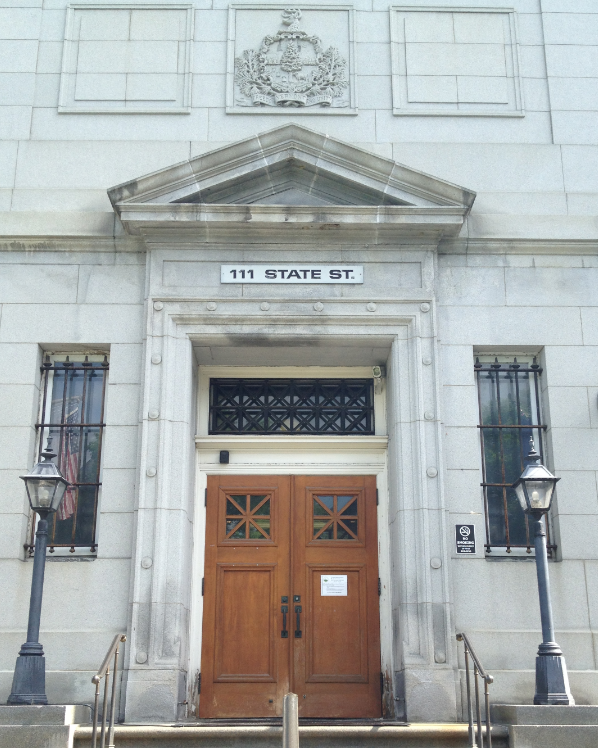Labate v. Rutland Hospital, Inc., 2015 VT 128 [10/2/2015]
EATON, J. This is an appeal of denial of a motion for new trial following a jury verdict in favor of defendants hospital and doctor in a case that claimed medical malpractice in connection with the birth of plaintiffs’ daughter. The jury found that the plaintiffs had failed to prove the standard of care applicable to each defendant. The motion for new trial claimed the verdict was tainted because a juror read an e-mail sent by the hospital to its employees during the trial. On appeal, the plaintiffs assert that the court erred in concluding that the e-mail was incapable of influencing the jury’s verdict. We affirm.
Whether an irregularity occurred is a question of fact for the trial court. “[T]he test is not whether the irregularity actually influenced the result, but whether it had the capability of prejudicing the verdict.” Bellows Falls Vill. Corp. v. State Highway Bd., 123 Vt. 408, 414, 190 A.2d 695, 699 (1963) (emphasis added).
Whether alleged juror misconduct has prejudiced the trial process is a matter for the discretion of the trial judge. In this case, the trial court suggested there was insufficient proof an irregularity had occurred and concluded that even if it had, the content of the e-mail was such that it could not have affected the verdict. Our review is, therefore, to determine whether the trial court has abused its discretion on the issue of capacity to affect the verdict.
Broadly construed, the e-mail asserted that the hospital “had done nothing wrong”—in other words, that they had met the applicable standard of care, whatever that may be. The email stated in part, “From time to time things go wrong. If we feel we are at fault, we will apologize, take corrective action and, if appropriate, reach a settlement with the other party. In this case we did not feel we did anything wrong. We did not feel the physician did anything wrong. Outside experts, our insurance company and our attorneys all concurred. In these cases we will allow the case to come to court and let a jury decide. We clearly believe in this case that something tragic happened and we feel terrible for the family. The world is not always fair. Bad things sometimes happen. It does not always mean someone is at fault.”
The trial court was correct that the e-mail was primarily a denial of any wrongdoing that did not have the capacity to affect the verdict. The email contained no discussion of the standard of care required of either defendant. Because the e-mail contained nothing regarding the nature of the standard of care, it had no capacity to influence the jury on the questions on which they found a failure of proof, i.e., what constituted the standard of care in the first instance. Even if the irregularity had occurred, the court’s determination that it had no capacity to affect the verdict was not an abuse of discretion.
